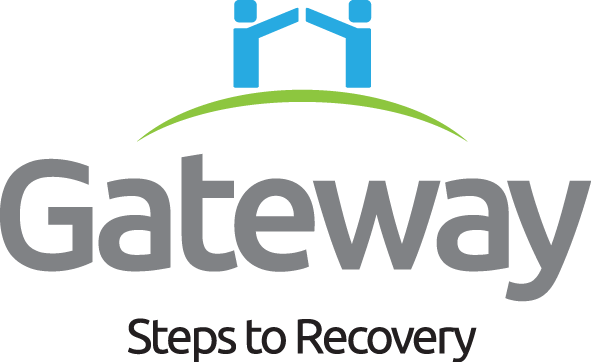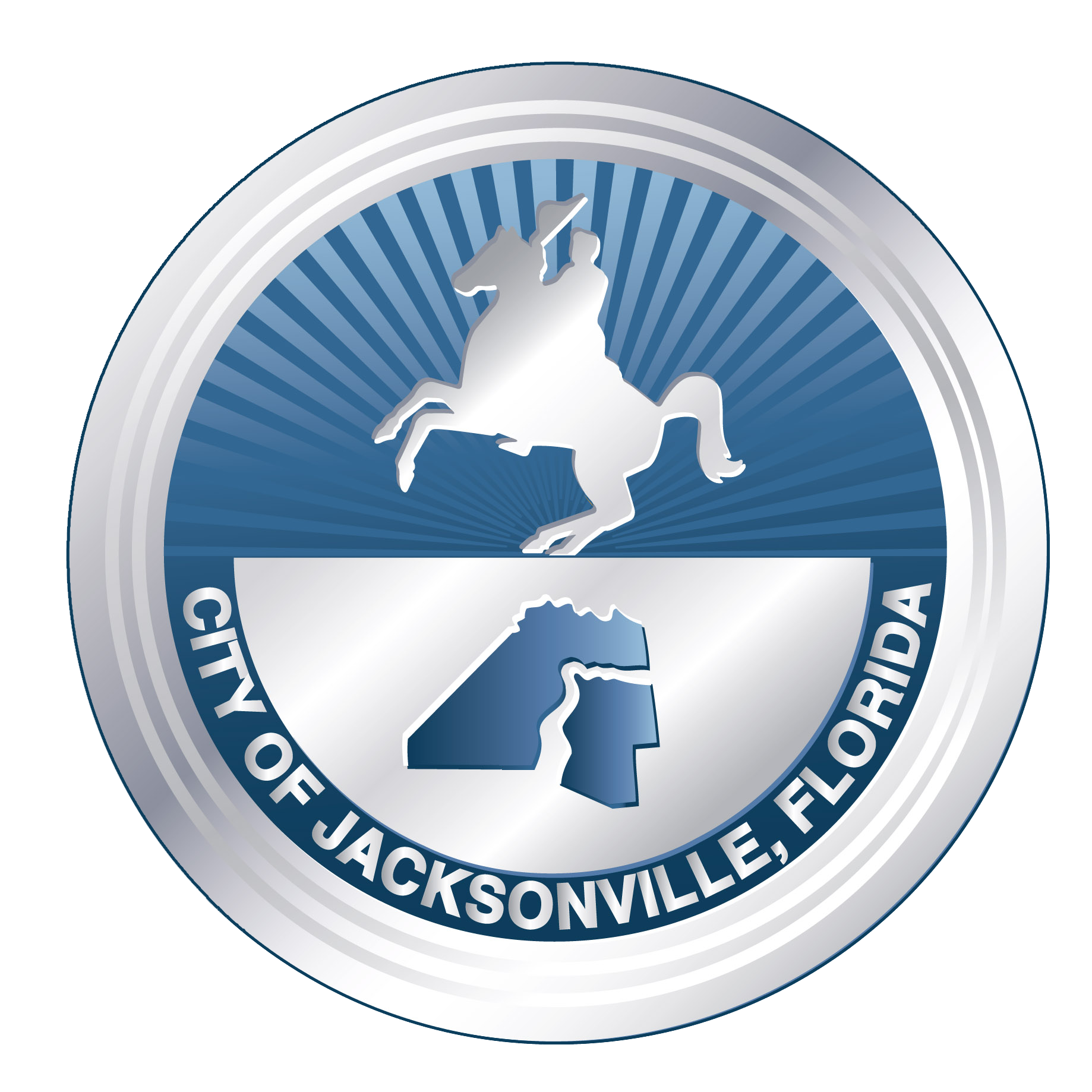Tobacco kills, no matter if it’s in a cigarette, a cigar, a snuff can or a roll-your-own. The “Good News”— About 6% of adolescents age 12 to 17 smoked cigarettes in 2012-2013, down from nearly 13% in 2002-2003, according to a new report from the Substance Abuse and Mental Health Services Administration (SAMHSA). This is a significant decrease and is good news to say the least. These encouraging statistics apply to 49 out of 50 states and the District of Columbia. The only state that did not experience a statistically significant decline is Utah, which has traditionally shown the lowest levels of underage cigarette smoking in the nation. During this period, Utah experienced a slight decline from about 6.6 percent in 2003 to 5.4 percent in 2013.
The decline in underage cigarette smoking during this period is encouraging. What *protective factors can we contribute to this positive change? Education and information is high on the list. Spreading the message to young people about the risks from smoking has made an enormous positive difference. Armed with facts, one can make an informed and positive decision regarding tobacco use, drug and alcohol use and risky behavior. Parent and adult care giver engagement is also high on the list. Decades of research show when parents are involved, young people have:
- Higher grades, test scores, and graduation rates
- Better school attendance
- Increased motivation, better self-esteem
- Lower rates of suspension
- Decreased use of drugs and alcohol
- Fewer instances of violent behavior
Cigarette companies are responding to this changing pattern of consumption by entering other tobacco markets, including acquisition of major U.S. moist snuff manufacturer, Conwood, by R.J. Reynolds, by marketing new snuff and snus products to attract new smokers and new tobacco users. Although used similarly to American dipping tobacco, snus does not typically result in the need for spitting and, unlike naswar, snus is steam-pasteurized.
*Protective factors are conditions or attributes (skills, strengths, resources, supports or coping strategies) in individuals, families, communities or the larger society that help address family and/or community risk factors more effectively.
- strong and positive family bonds
- parental monitoring of children’s activities and peers
- clear rules of conduct that are consistently enforced within the family
- success in school performance; strong bonds with institutions, such as school and religious organizations
- adoption of conventional norms about drug use
Information from SAMHSA’s website was used in the producing of this article which allowed us to educate and inform our readers.







